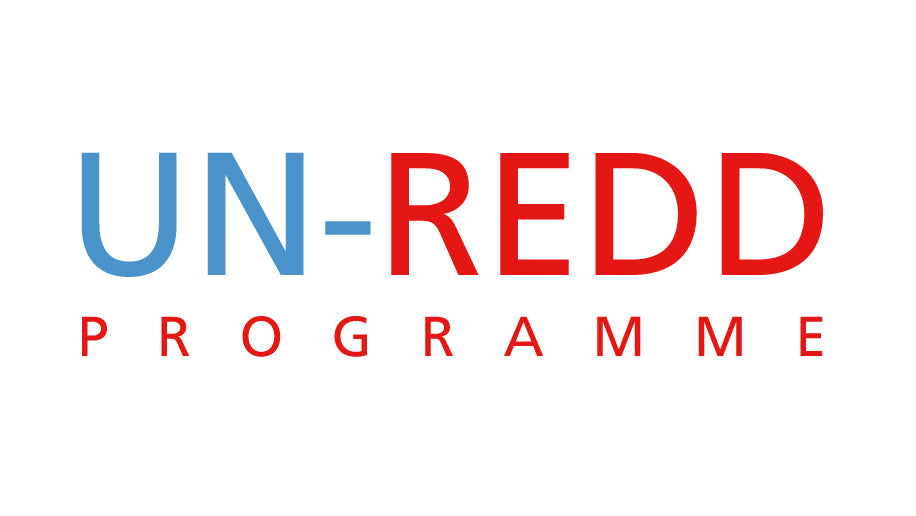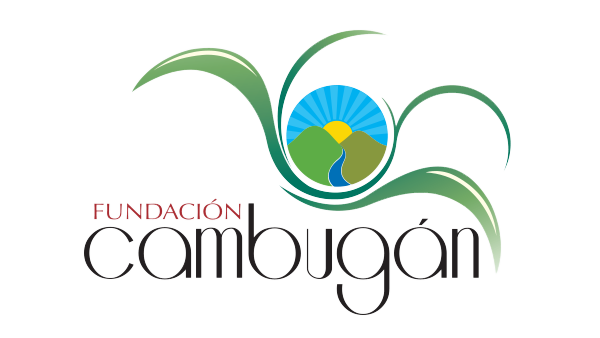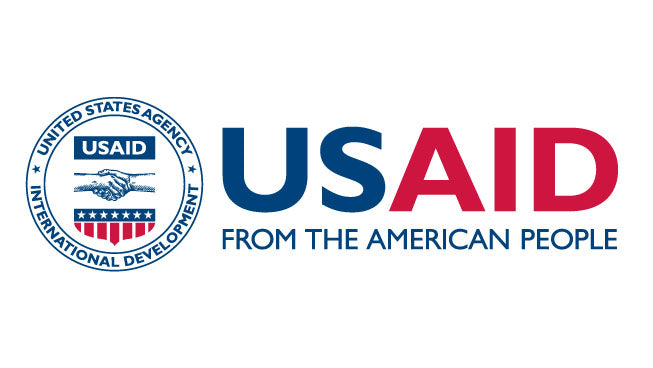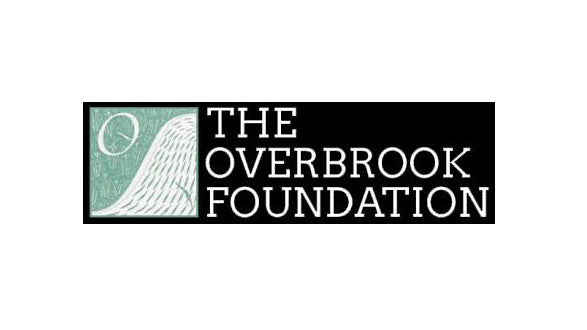how does whole forest define "sustainability"?
Whole Forest believes that in order to be truly sustainable, companies must consume natural resources at a reasonable pace in a responsible manner for the purpose of maintaining environmental and social welfare for the long-term.
How do we do this? We conduct research to understand our impact, take action to minimize negative impacts, work to maintain our principles, and frequently collaborate with other organizations.
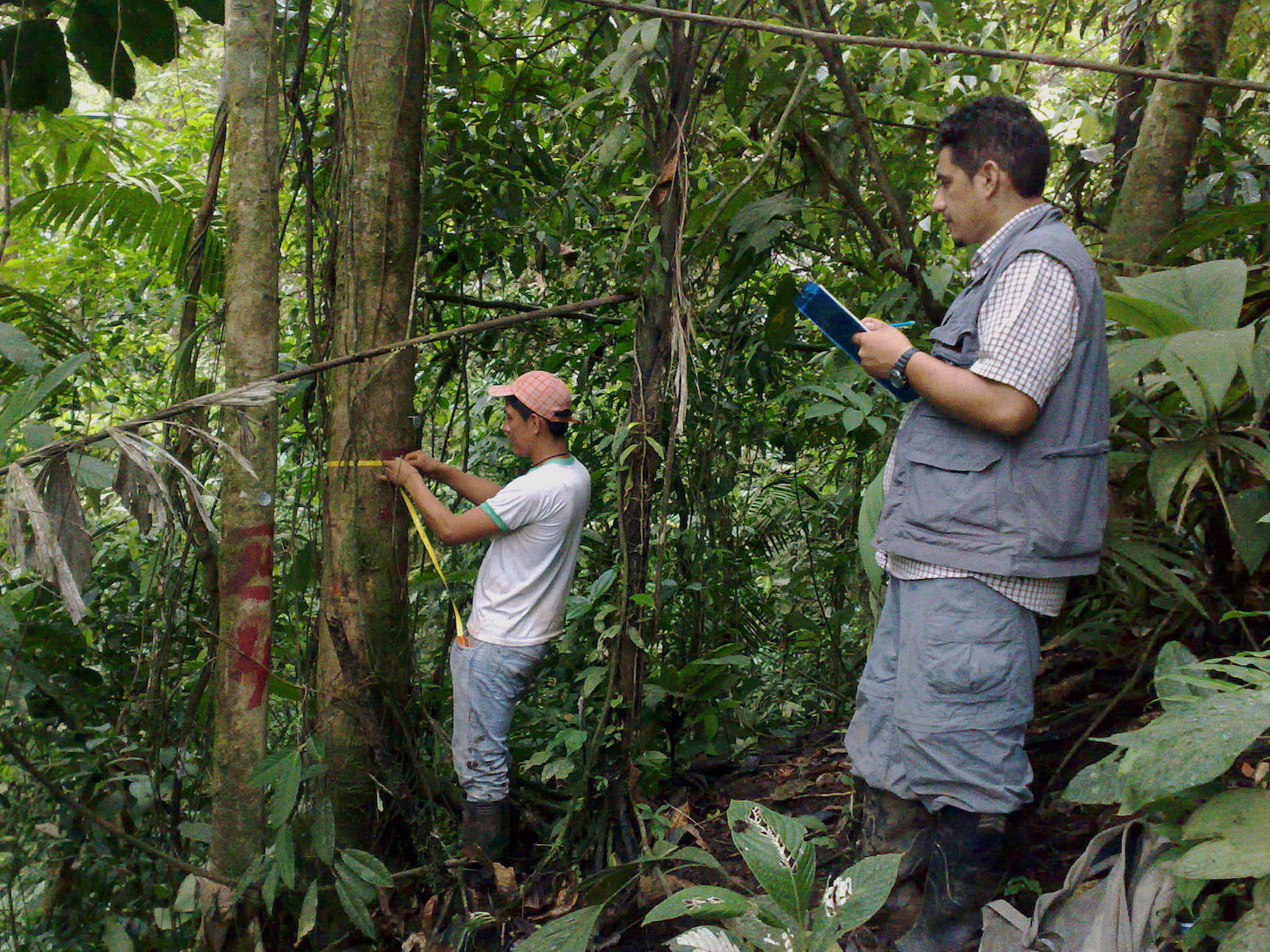
UNDERSTAND THE SETTING
In the US and Europe there is a history of long-term ecology studies and development of sustainable forestry. In most countries with tropical forests, including Ecuador, there has been no comparable research on the impact that sustainable forestry has on a native forest. We’re working to change that.
Our foresters manage permanent research parcels in the Choco rainforest. They have identified over 300 tree species. Over the past two decades, we’ve studied the growth rate and regeneration rate of each species. The ecological response to different levels of timber harvest is also measured. This helps our foresters identify which trees to harvest in a particular area without altering the balance of the ecosystem.
In collaboration with researchers at Tulane University and the University of Sussex, we’re working to monitor the impacts of our forestry activities on the quality of habitat for birds, amphibians, and primates. For the critically endangered coastal spider monkey, Ateles Fusciceps, we identify the canopy connectivity it needs to move through the forest and its food resources. Understanding this helps us to protect this monkey population rather than harm it. Whole Forest values contextual knowledge because it allows us to guarantee that the forest and our employees are positively impacted by the company’s existence.
HAVE A POSITIVE IMPACT
Only 5% of the Choco rainforest remains. Even today, a large plywood company is slowly building a road into the forest. Once a road is established in the forest, deforestation is inevitable. This is why Whole Forest operates in zones that directly block the road’s construction. To avoid building roads or harming the forest floor, our foresters spent years innovating a system of cables to lift machinery and lumber in and out of the forest.
The zones that trees are harvested from are determined using information gathered by ecologists and our foresters. Within those zones, we only harvest 2.3 trees per acre every 20 years, and forestry is routinely modified to protect endangered species.
Whole Forest’s forestry allows for the canopy and habitat structure of the forest to remain intact. Without the presence of sustainable forestry, the entire rainforest would be gone in a matter of years.
LET THE MISSION LEAD THE WAY
Whole Forest’s core mission, to help in maintaining a livable climate by ending deforestation, is driven by a deeply rooted respect for our planet and all that inhabit it. We manage every step of the process so that we can guarantee the healthiest outcome for our employees, the planet, and your environment. Beyond sustainable forestry and community development, Whole Forest’s core mission informs product design. For example:
- Only low-VOC adhesives and no-VOC finishes are used
- Plywood is sourced from FSC certified plantations that did not encourage deforestation
- Products are made to last for decades
- Products can be easily recycled and broken down




